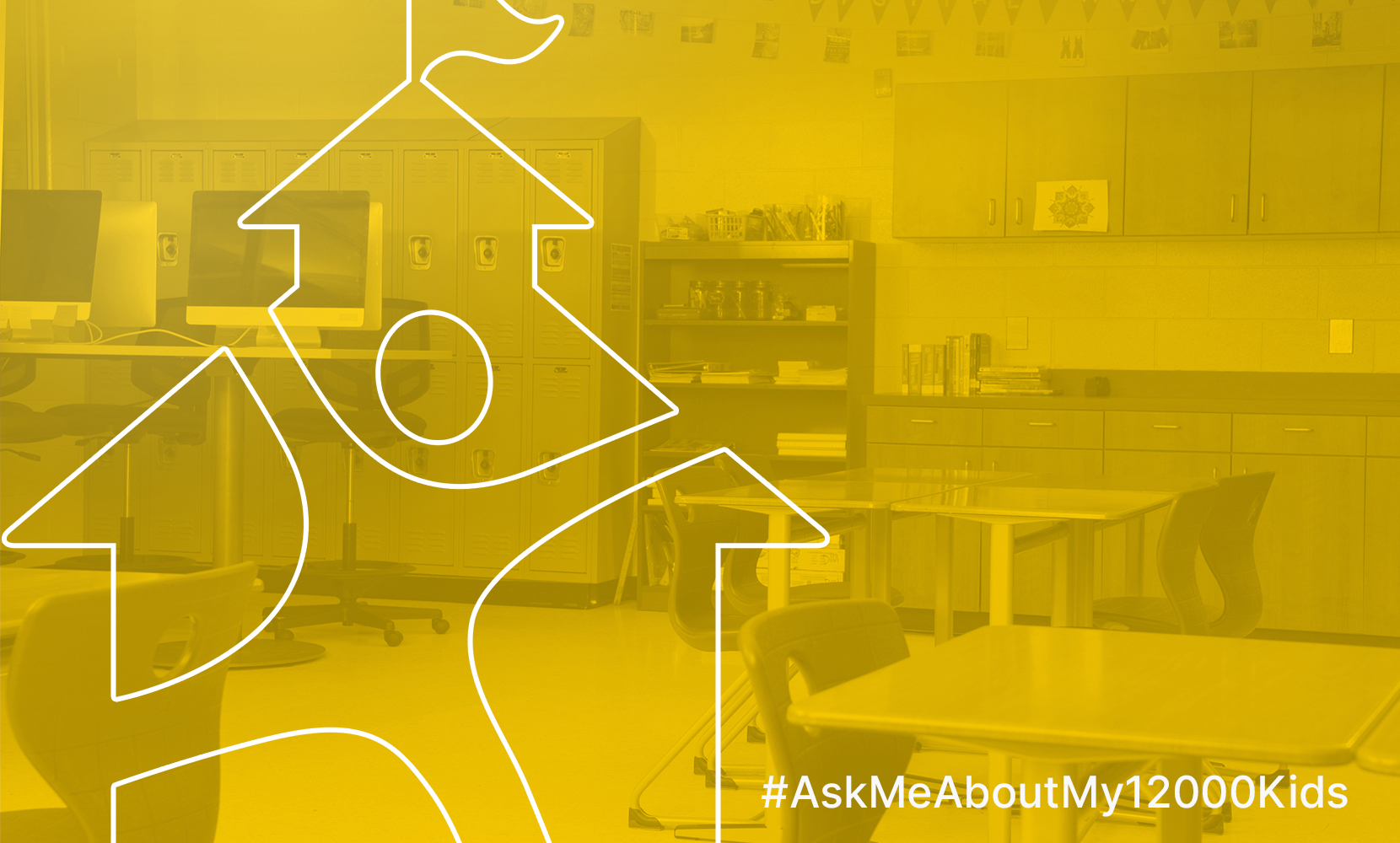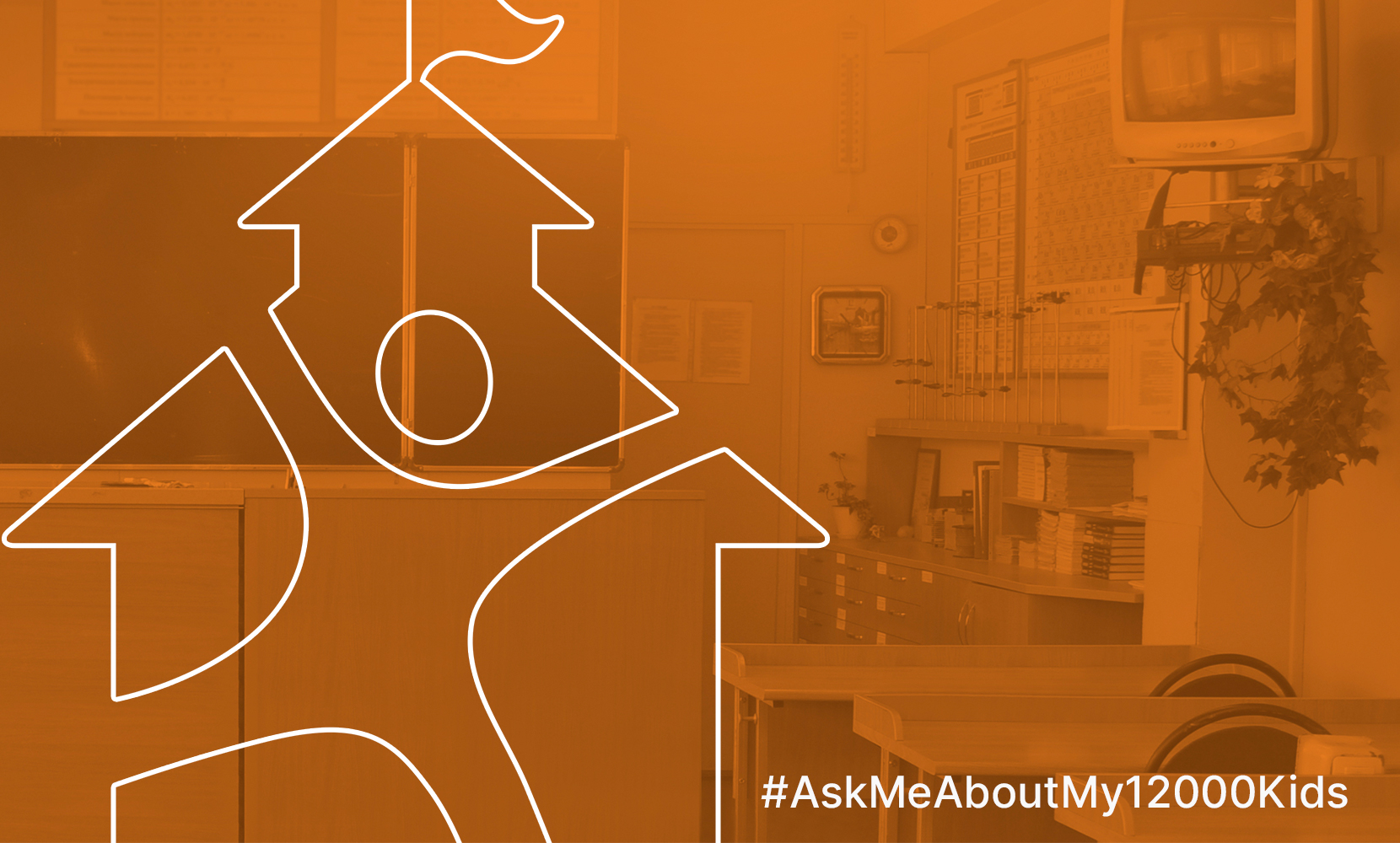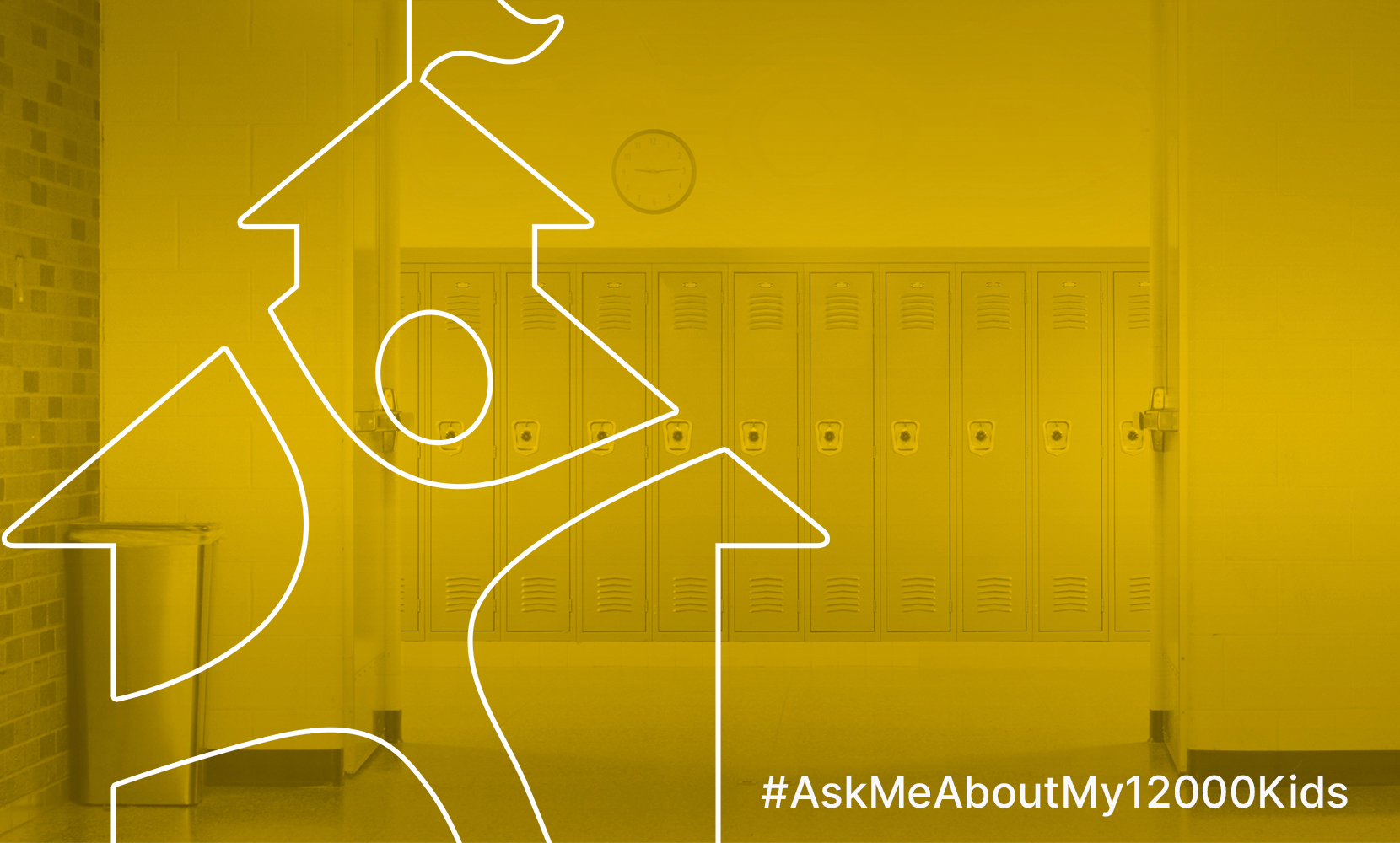 “March Madness” is sweeping the country. So, let’s think about the way Communities In Schools does its work in terms of basketball.
“March Madness” is sweeping the country. So, let’s think about the way Communities In Schools does its work in terms of basketball.
All across the US, 164 CIS affiliates help to serve nearly 1.5 million students using the model of integrated student services, also referred to as ISS. Child Trends defines Integrated Student Services (ISS) as “a school-based approach to promoting students’ academic success by securing and coordinating supports that target academic and non-academic barriers to achievement.”
Here’s another way to think about it.
Imagine turning on the television and seeing a basketball court.
The game is about to start. It’s one-on-one. The announcer offers stats on each player. They are the same age and size. Both are loved by their parents and both have fabulous coaches who have the skills and knowledge to teach them all they need to know to be successful players. Both have the home court advantage. It should, the announcer predicts, be a close game.
From one end of the court, out jogs a smiling young child, sporting a crisp uniform and shoes so bright they dazzle. Under the watchful eye of her supportive team members, she begins to warm up. She appears healthy, rested. The camera pans to her bench, which is quite deep. There to support and assist her are her pediatrician, eye doctor, and dentist. Squeezed next to her parents are the grocery store clerk, her piano teacher, someone holding juice and healthy snacks, and someone else holding a duffle bag of extra uniforms, shoes, and other sundry items.
 The cameras then pan to the bench across the way. In contrast, it is quite sparse, just a tired looking woman on the bench—the player’s mother.
The cameras then pan to the bench across the way. In contrast, it is quite sparse, just a tired looking woman on the bench—the player’s mother.
The game is about to begin but the second player is nowhere to be…oh, wait, here she comes. She’s late. Unlike the first player, she doesn’t have an alarm clock or a bed. She and her mother have been sleeping on the couches and floors of friends for the last few months. Because she’s arrived late, she hasn’t had a chance to warm up. In worn shoes and ill-fitting jeans and shirt, she heads directly to center court. She isn’t moving comfortably, but given that this is the only outfit she has, she must make do.
The game begins. Within seconds, the first child scores. And then scores again. Each time the second child has possession of the ball, she turns it over. By half-time, the game is a blowout. As both players head to the locker room, the second child’s coach is asked, “What is wrong with your player? Why aren’t you coaching her better?”
“Unless something dramatically changes in the next half of the game,” the announcer intones, “she will never catch up.” Cut to commercial.
The second half begins. It feels like an entirely different game. It looks that way, too. The second child is running up and down the court in new shoes and a pair of shorts. She’s taking shots and making many of them. The coach and mother who have been constants at her side are now joined on the bench by others. What is going on?
During halftime, when the fans in the bleachers realized that cheering was no longer enough, they turned to each ot her and said, “We need to deepen that child’s bench to keep her in the game. We can see she needs things like shoes and clothes, but what else? What can we do to ensure her love of the game continues?”
her and said, “We need to deepen that child’s bench to keep her in the game. We can see she needs things like shoes and clothes, but what else? What can we do to ensure her love of the game continues?”
The second player finished the game that evening. It’s a long season, though, and she has other needs to be addressed. But, with help from her community, her bench will deepen and she will receive the resources and support she needs, just like the first child, to play the rest of the games to the best of her ability.
Communities In School’s model of Integrated Student Services (ISS) is basically a community’s way of saying, “Hey, wait a minute; we need to do something differently for all of our children. Let’s join forces with the schools and assure that resources and supports are available to students so they can stay in school and be prepared to learn all they can from their teachers.”
The ISS model is the way in which our community has been choosing for over a decade to support our children within the Kalamazoo Public Schools. You are deepening the bench for students every time you make the decision to volunteer, partner, and/or donate to CIS, doing what it takes to ensure they stay in school and achieve in life. Integrated Student Services, paired with adequate and stable public school funding, is a game changer. Once policy makers recognize this and make decisions that reflect this as a priority for our children, we all win.
Unlike basketball, the beauty of integrated student services is that both “teams” can win and move on when their needs are being met. With their communities’ help, each can make it to the “Sweet 16” and the “Final Four.” Every student can win the sweetest prize of all: a high school diploma.
(An earlier version of this post, titled “The Madness of the March to Graduation” was first published in Ask Me About My 12,000 Kids on March 25, 2014.)
Tags: basketball, Child Trends, CIS model of integrated student services, community meeting needs of students, March Madness




